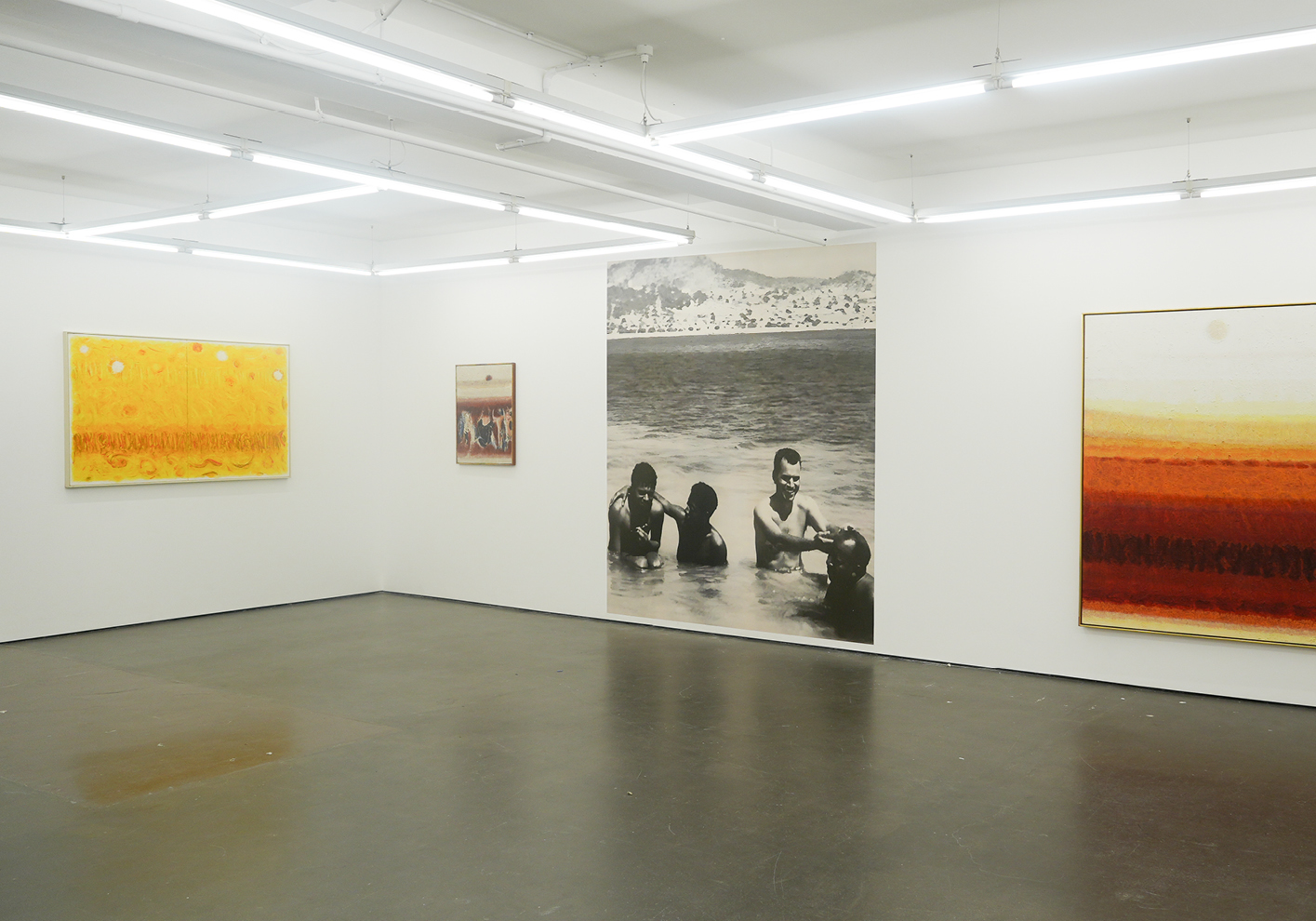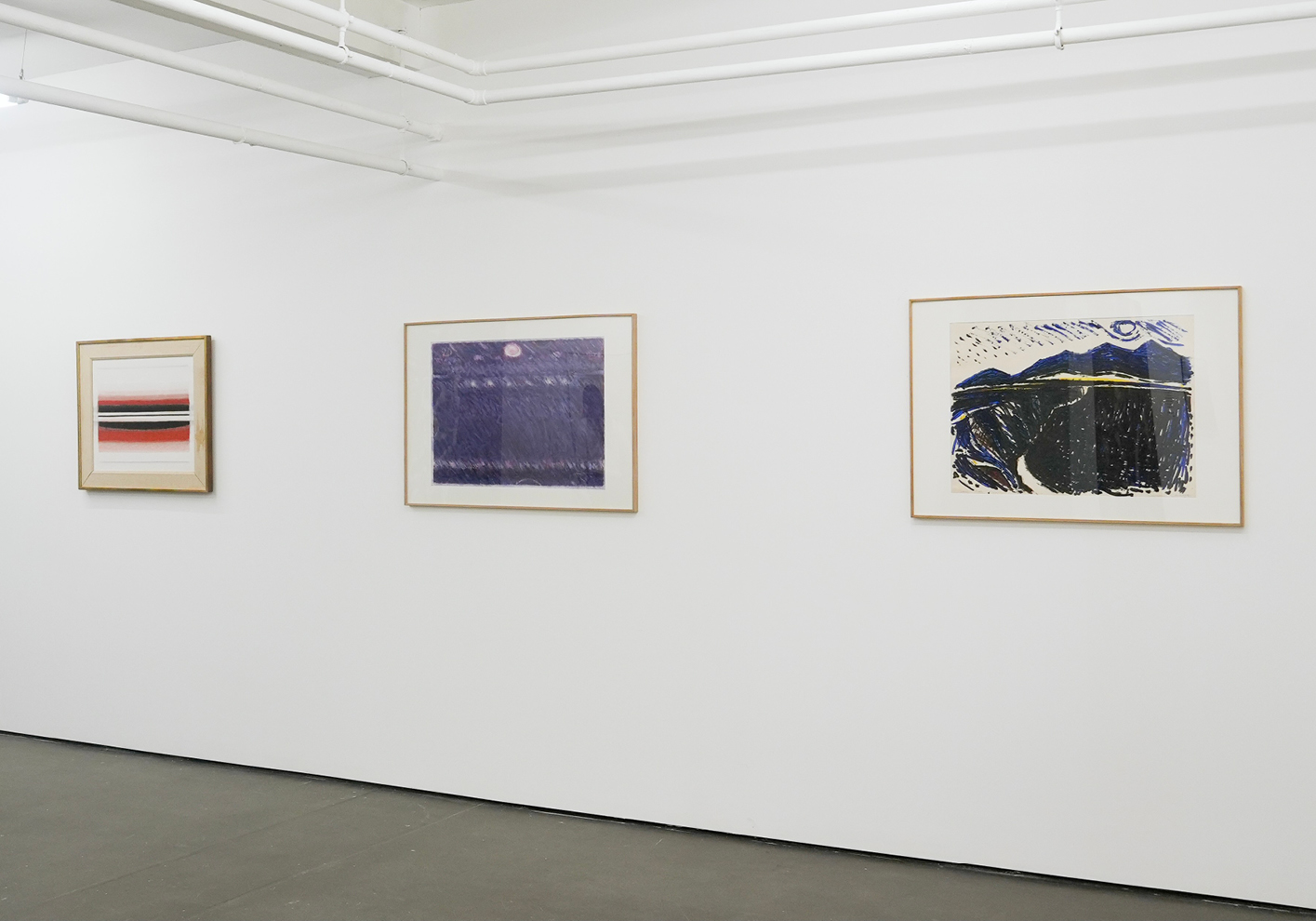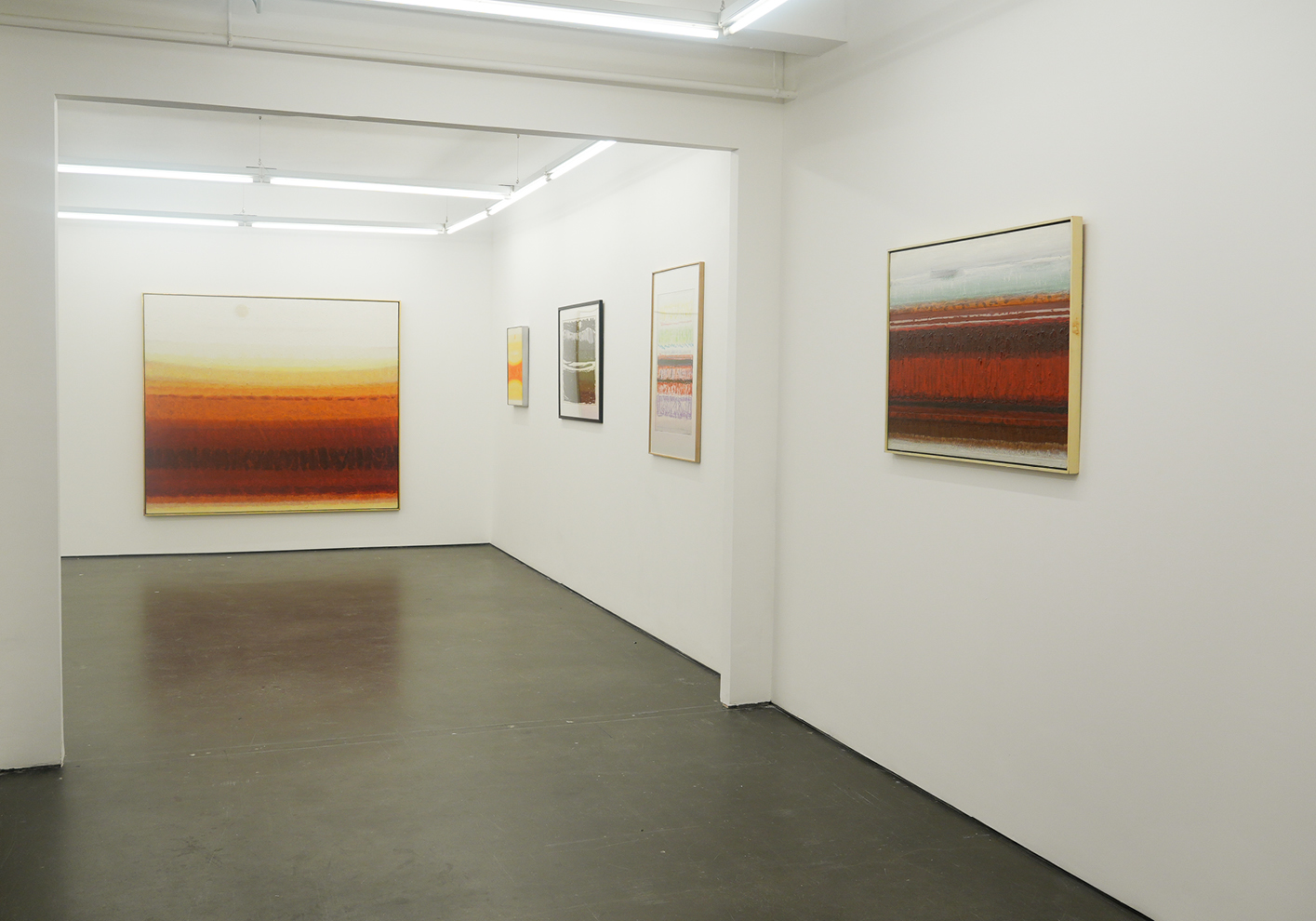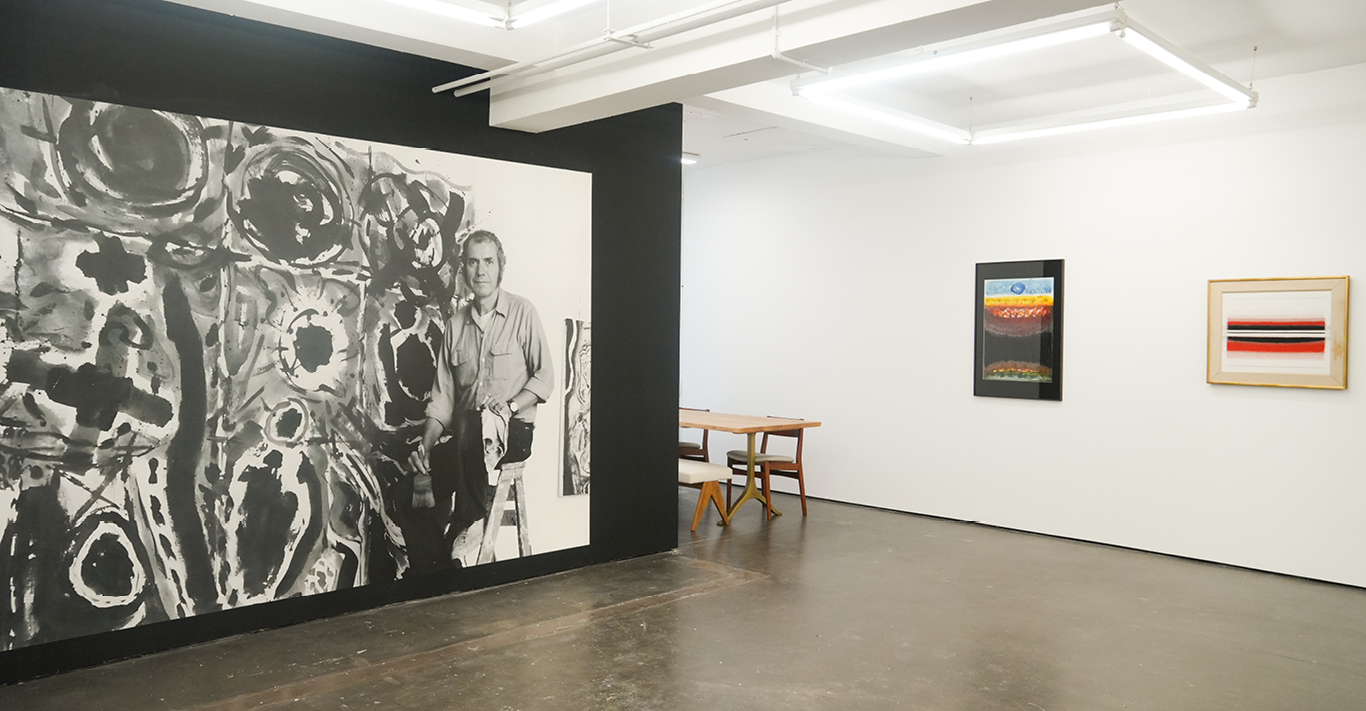PHOTOGRAPHY
Aya Saleh
WORDS
Polly Rappaport
When you think of Abstract Expressionism, it’s likely works by Jackson Pollock, Willem de Kooning and Mark Rothko spring to mind, along with images of 1950s New York City. But there’s another name you should know, and a whole body of work you should see – this is where London’s Amar Gallery comes in. The Fitzrovia space, long dedicated to championing minority artists whose work has been largely overlooked due to their gender, ethnicity or sexuality, has recently opened a new exhibition, displaying works by American LGBTQ+ painter Lawrence Calcagno, many of which have never been shown in London before.

Calcagno was first recognised as an artist while in military service during World War II, winning first prize in an Army art competition. In 1947, Calcagno enrolled at the California School of Fine Arts where he studied under artists such as Mark Rothko and Clyfford Still, both leading figures of the Abstract Expressionist movement. Their influence on Calcagno’s work – the bold colour blocks of Rothko and Still’s dynamic, vivid slashes – are apparent, but he developed a style that was very much his own, many works recalling landscapes and horizons through rough brushwork, painterly textures and striking pigments.

The breadth of Calcagno’s paintings and works on paper can be seen on the walls of the Amar Gallery, which are hung with a curation of pieces borrowed from museums across America including the Whitney Museum of American Art, the National Gallery of Art and the Smithsonian Institute. These range from small, forthright inky monochrome works to jagged layers of deep crimson crosshatched with slices of black and bursts of colour, and huge, multi-panel paintings dashed with ebullient strokes of canary and marigold yellow.
These are interspersed with photos from and text about Calcagno’s life which, in 1950, took him to Paris – not only to study at l’Académie de la Grande Chaumière but to escape to Europe, where views towards homosexuality were more tolerant (it was illegal in the United States at the time). It was in Paris that Calcagno met Beauford Delaney, a Harlem Renaissance painter, who became his lover and close friend, introducing him to other American expats including James Baldwin and Ralph Ellison, who had similarly fled to France seeking freedom from the racism and homophobia of the United States.

While Calcagno eventually moved back to the US, teaching painting at Carnegie Mellon and spending time in artist colonies in New England, he remained in contact with Ellison – an excerpt from one of their many letters is emblazoned on one of the Amar’s walls – and his work was exhibited in galleries from Paris to Copenhagen and Mexico City before he and his wild, evocative pieces somehow slipped into relative obscurity.
That is, until today. Visitors to the Amar Gallery can discover a treasure trove of Calcagno’s paintings and works on paper while also learning about the artist’s life and his profound passions – expressed in every brushstroke.
Lawrence Calcagno: Redux is on from 26 September-3 November; amargallery.com




